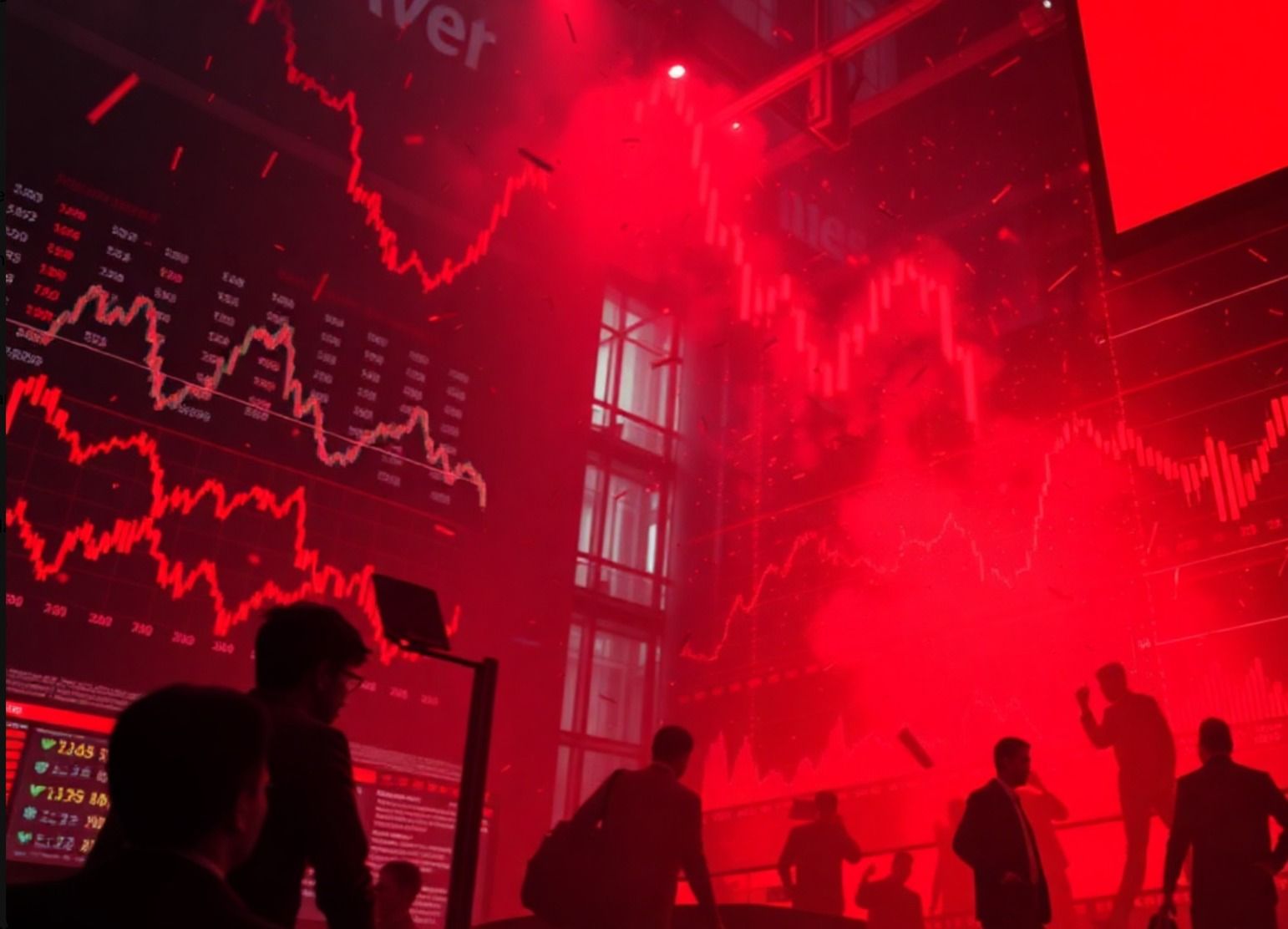Tariff-Driven Market Volatility: Clients Capitalize on Buying Opportunities
By David Mitchell, 8th April 2025
Precious metal markets have experienced turbulence in recent weeks, mirroring a broader correction or outright crashes across global asset markets. Beginning on Wednesday, April 2nd, global stock markets faced significant price declines, largely driven by concerns surrounding tariffs and potential trade wars initiated by the United States, under the leadership of President Donald Trump. On that day, President Trump announced sweeping tariffs, impacting a wide range of sectors within the U.S. economy.
Gold, despite reaching new all-time highs earlier in the week, was not immune to the market downturn. In USD terms, gold prices fell from US$3,168 to US$2,956, a decrease of approximately -6.7%. As of this writing, gold is trading at US$3,011.00. Silver experienced a more pronounced correction, falling by -18% from US$34.28 to US$28.27, before rebounding to its current level of US$30.12.
While these declines represent a sharp reversal from the upward momentum seen earlier in the week, it's crucial to view them within the broader market context. Despite the volatility, our investors and clients at Indigo have been actively capitalizing on this intermediate correction, strategically increasing their positions in the metal markets.
In contrast to precious metals, equity markets have been in a steep decline since the tariff announcement. The NASDAQ Composite Index fell from a high of 19,866 on April 2nd to 16,388 on April 6th, a decline of -18%. The S&P 500 Index experienced a -15% drop, with other global indices experiencing similar or even more significant losses.
Although it's premature to draw definitive conclusions, the varying degrees of equity market sell-offs may reflect the differentiated tariff rates imposed by the White House. For example Australia, Singapore, and the UK faced a 10% tariff, while the European Union was subject to a higher 20% rate.
While markets will eventually adapt to the tariff landscape, gold is likely to benefit from this 'new world order' in global trade. Inflation is expected to face medium to long-term upward pressure, while economic growth may be negatively impacted, making gold an attractive hedge.
What does all this mean for precious metal valuations moving forwards?
Articulating the complex global macro picture for the remainder of this major cycle targeting into the end of this decade requires distilling numerous interconnected factors into a coherent narrative that are actually pointing in the same direction.
We are facing a confluence of events – a global debt crisis, de-globalization trends, re-shoring initiatives, major demands for infrastructure rebuild alongside severe tightness or shortages of commodities, geopolitical tensions, trade war risks, and growing civil unrest (particularly across Europe and the UK) – all pointing toward a major systemic crisis necessitating a 'grand global economic' reordering and a rebalancing of asset market valuations.
Gold is being officially re-established as a 'Tier One' asset across the Western banking system within the new Basel-3 framework, signalling an irreversible trend over the next few years in gold’s revaluation relative to other global assets, I have written recently about this here.
Price setbacks should be viewed as opportunities or more rightly gifts, mirroring historical patterns seen in previous gold bull markets (e.g., the 1970s and 2003-2011), which experienced numerous corrections amidst massive overall gains.
In the 1970’s the gold bull market appreciated over +2,400% but experienced over 25 major corrections in price during the overall climb, in 2003 to 2011 gold bull market we also experienced over 25 major price falls but overall it climbed +800%. In these past bull markets, silver's price gains have dwarfed those of gold and other precious metals. With today's attractive entry points and the accelerating demand from industrial sectors and its current supply-demand deficit, the potential for significant silver appreciation is now even more pronounced.
Silver is a very exciting story, expected to outperform gold significantly during this global asset class rotation into year 2032.
Platinum's current market dynamics, including price volatility, do not invalidate its long-term investment thesis. Lower prices continues to grind the platinum production industry into the ground, but also highlights the critical role of the platinum industry, lower prices suggests a more pronounced revaluation upon real price discovery.
Temporary price sell-offs during market crashes do not alter the fundamental supply-demand deficits particularly in platinum and silver, which are further exacerbated by a contracting production industry, supporting a strong case for very significant future price appreciation.
In the short term expect continued market volatility and downside risk remains, utilising these opportunities to your advantage.
Protect your wealth; invest in physical gold, silver or other precious metals at best prices from Indigo Precious Metals. Physical delivery across the world.
Consider the safest option of segregated, allocated vault storage at Le Freeport Singapore with IPM Group.
Disclaimer : The information contained in this website should be used as general information only. It does not take into account the particular circumstances, investment objectives and needs for investment of any investor, or purport to be comprehensive or constitute investment advice and should not be relied upon as such. You should consult a financial adviser to help you form your own opinion of the information, and on whether the information is suitable for your individual needs and aims as an investor. You should consult appropriate professional advisers on any legal, taxation and accounting implications before making an investment.





